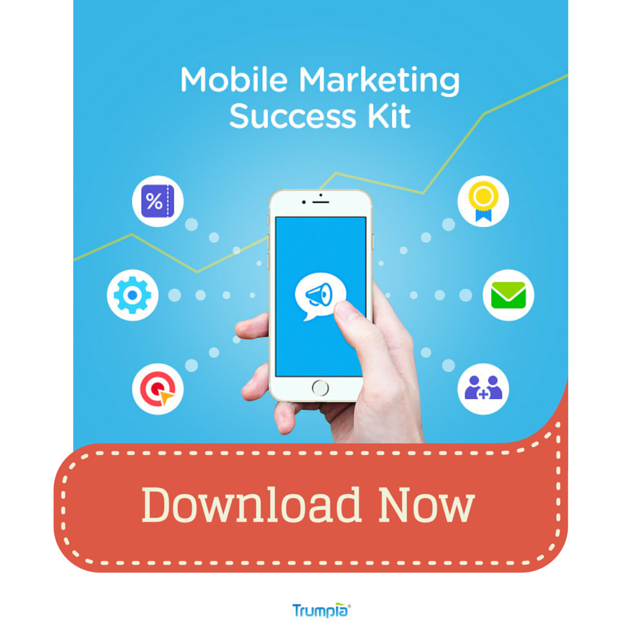 Copyright: georgejmclittle / 123RF Stock Photo
Copyright: georgejmclittle / 123RF Stock Photo
If someone tells you email is better than texting, don’t believe them.
If someone tells you that texting is better than email, you probably shouldn’t believe them either. Probably. Maybe.
Both methods are useful digital communication tools and can be part of a smart marketing campaign.
Both are easy to write, send and read. Both formats keep well, provided you’re not in the habit of regularly purging your in-box or past texts.
But beyond that, they have their differences, and advocates who say one is better than the other.
Though we have our favorites, (cough – sms – cough) it’s fair to provide a good overview plus pros and cons for those who aren’t quite sure about some of the distinctions.
Here’s how they break down:
Overview
SMS is short for Short Message Service, a method of communication that allows messages to be shared via mobile devices, but with a firm 160-character limit. Technically, a SMS is only text, however, you can create a MMS that can include photos or video, however, this may take up more bandwidth or incur extra cost from your wireless provider.
Age
Email is in its mid-40s. Around 2011, some in the tech community became excited for its 40th birthday and celebrated its growth from military-era research labs in the early 1970s, a worker on the ARPANET project began looking for ways for computers to talk to each other. (He also threw in the @ symbol to distinguish the different machines.
SMS was created in a lab in Britain in 1992, when one researcher tried to figure out a way to send digital communications from one early mobile phone to another – the first text was “Merry Christmas.”
Quantity
According to The Radicati Group, there were more than 205 billion emails sent per day in 2015, a figure that’s supposed to grow 3 percent annually and could pass 246 billion by 2019. The amount of emailers, however, is around 2 billion.
But texts are also on the rise, and there are more of them. PortiaResearch estimated that there were 8.3 trillion texts sent world-wide in 2014. (The figure includes OTT instant messages as well, which are messaging services related to social media like Facebook Messenger or WhatsApp.) But the same study projected that SMS will be used by more than 5.78 billion people by 2017, based on the global phone growth.
Uses
Emails are universal and are mostly reliable, except for some of the ones that contain html images and can’t be seen on certain browsers. Because of email’s versatility, it has become a popular tool for businesses, so much that many browsers try to separate it from obvious “junk” to personal to more promotional.
Email browsers can be found on desktops, laptops or mobile phones. Even some newer ‘wearables’ like watches can pull up emails.
SMS is more targeted – they’re destined for people who have mobile devices only, and texts pop right up. They also can be received through wearables.
Emails can be sent to a large list of recipients, but also increases the risk of being targeted as spam. SMS can also be sent on a larger scale, provided everyone on the list has approved receiving it.
Response time
Businesses who use email as an outreach/marketing tool estimate that their emails have an open rate of 20 to 40 percent, which can depend on a whole lot of variables and formulas, such as not making them look spammy by appearing to be an overly promotional mass mail, or not include subject lines or keywords that could trigger quarantines. (“rich” “money” “free” or “deal” are all suspicious). But even the better emails may take recipients up to 8 hours to open.
Texting on the other hand, has an impressive 99 percent open rate, and an even more impressive time of 3 minutes. There seems to be a certain instant appeal from sensing a buzz or hearing a tone and rushing to see what’s coming through the phone. Or, an individual may already be holding their phone, so it’s easy to check out the new message.
Limitations
Emails need a correct email address, which may sometimes be given or heard incorrectly. Some organizations, especially institutions, have lengthy email titles as well. Some email formatting doesn’t work on every operating system either.
SMS is based on phone numbers, which often has fewer characters to get wrong. Texts can be sent and received on any phone, provided the recipient hasn’t blocked texts through their wireless provider.
Tech watchers expect both formats to stay around in the next few years, although SMS is expected to continue its dominance, especially based on interest from younger users. Interestingly, one strategy to keep email around suggested by Entrepreneur is to make them look more like texts. For more SMS information and strategies visit www.trumpia.com.




